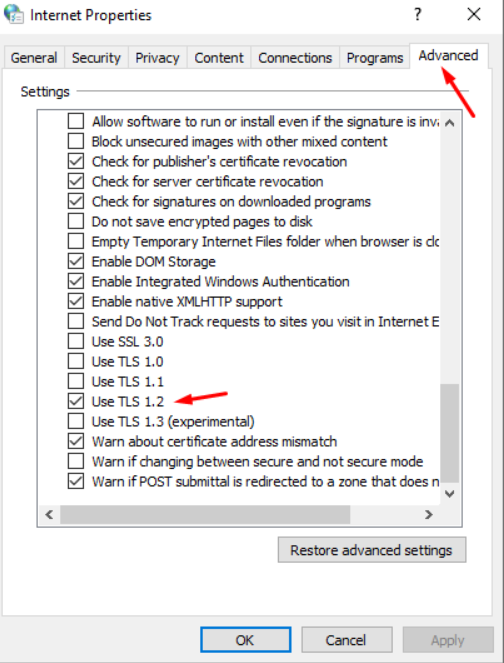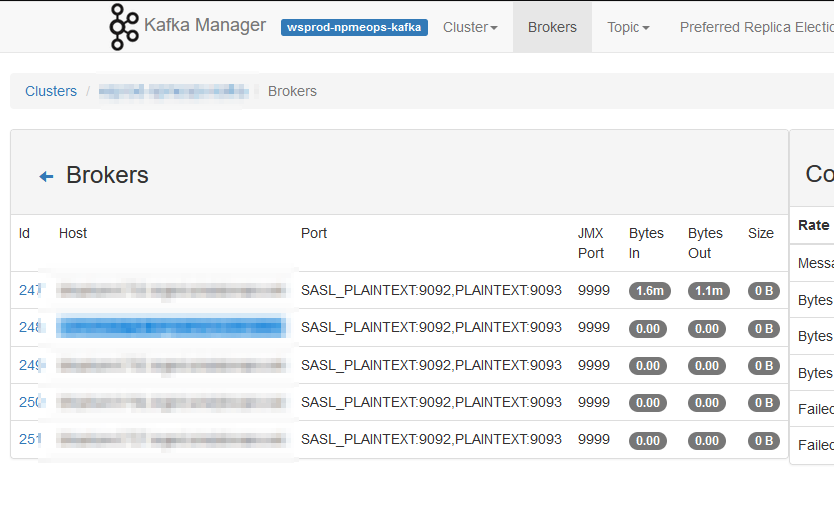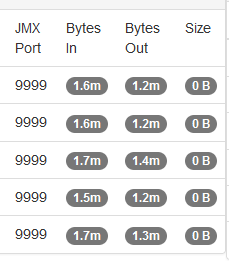We’ve been working to lock down our workstations … not “so secure you cannot use it”, but just this side of the functional/nonfunctional line. Everything went surprisingly well except I use the Office 365 suite for work. Periodically, it has to “phone home” and verify my work account is still valid. And that didn’t seem to go through the proxy well. The authentication screen would pop up and immediately throw an error:
No internet connection. Please check your network settings and try again [2604]
I spent a whole bunch of time playing around with the firewall rules, the proxy rules … and finally went so far as to just turn off the firewall and remove the proxy. And it still didn’t work. Which was nice because it means I didn’t break it … but also meant it was going to be a lot harder to fix!
Finally found the culprit — a new Windows installation, for some reason, uses really old SSL/TLS versions. Turned on 1.2 and, voila, I’ve got a sign-on screen. Sigh! Turned the firewall & proxy back on, and everything works beautifully. I think I’m going to add these settings to the domain policy so I don’t have to configure this silliness every time.


